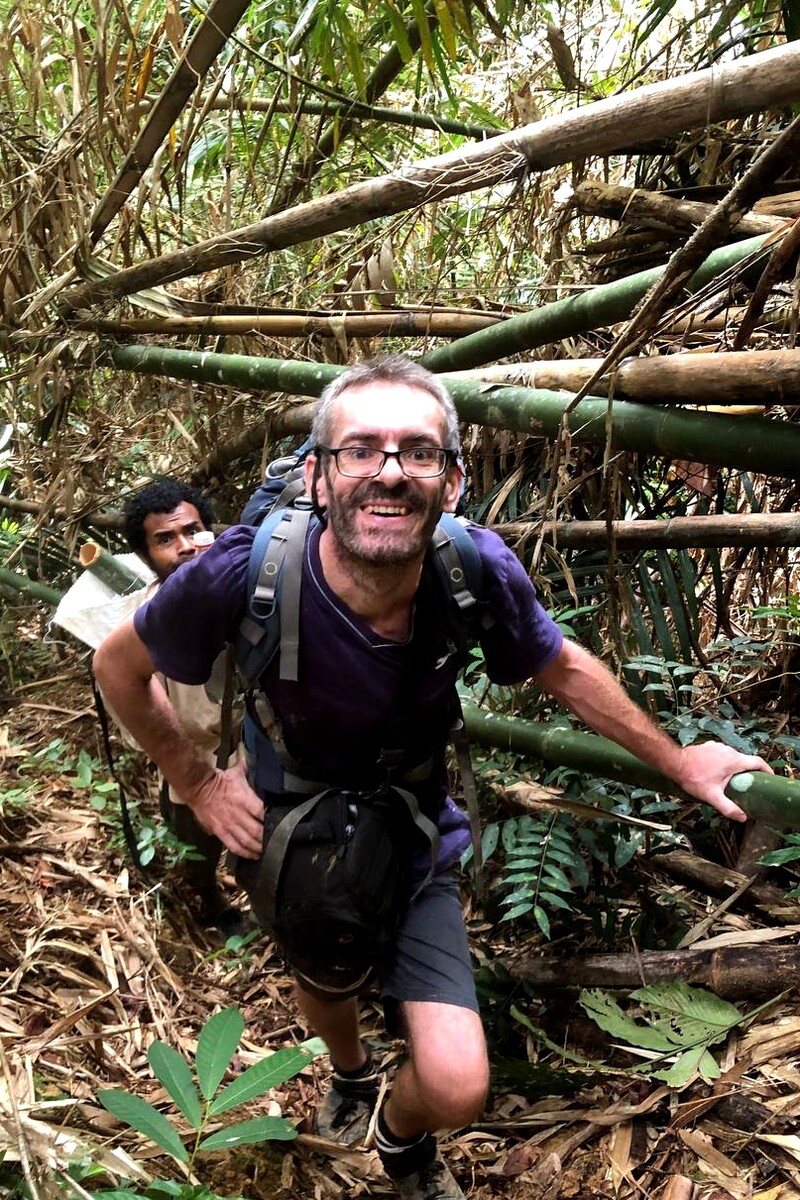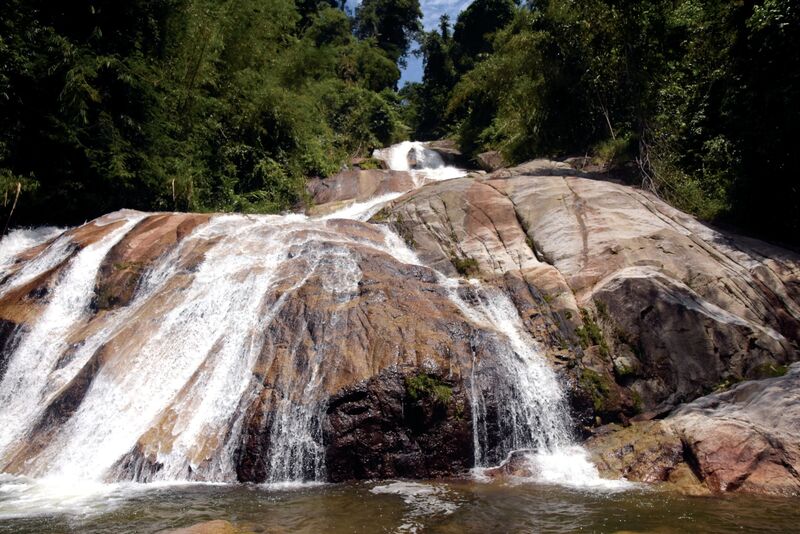





About
This site is intended to inform and educate about the Senoi peoples of the SE Asia Peninsula. Hardly anyone in Malaysia actually knows who the Senoi people are, let alone anything about their history or the customs they practice. Locally, they are referred to as Orang Asli (and often with lower case ‘o’ and ‘a’, as if the term meant ‘lost’ or ‘forgotten’) as if they have no ethnic identity. And what about the world out there? Who knows of their existence, their history, culture, beliefs and the struggle for survival they have faced for a thousand years?
The Senoi Story was first written in 2010, by David P. Quinton, as a small booklet, to inform people of the existence and heritage of the Senoi. Now that the author has gained more experience and a vastly greater knowledge of the Senoi, over the last 14 years, it seems this is the perfect time to revive the story. The first stage will be to rewrite the original work (by 2025?) and the next stages will include adding galleries of the author’s photography and videos, and later on, writing blog posts about different aspects of Senoi culture. The story here is also complemented by the wealth of information found in the author’s book, The Temiars Of The Puyan River (2022).
David first encountered the Senoi people in 2007, and was intrigued by their way of life and how they were completely at home in the deep rainforest. He found they possessd real happiness in their lives, even though their material possessions amounted to nearly nothing. In the following years, he reached the upriver communities of the Semai in Pahang and Temiars in Kelantan. His fascination with their way of life and the knowledge of the environment they held, not to mention their deep beliefs, led David to begin a journey of investigation into their culture and origins. He has been living with the Temiar Senoi since 2016, when he married a Temiar girl at Pos Goob, and he hasn’t met a single white person in the forest since then (except for his nephew, James, who paid a visit to Pinchong in August 2024).
David has planted over 50 fruit trees, from durian and chempadak to coconut and mango and half of his diet consists of sweet potato shoots and foraged foods from the jungle. He lives in a bamboo house and lights a fire on a fire mound each day to boil water! He has also experienced first hand the difficulties that the Temiars face in their endeavor to find food for their families (with elephants on the rampage at night pulling up the manioc and pushing over banana trees). But even so, the rainforest and the people who inhabit it still draw him here!
 The author, trekking in the Pinchong River valley, Kelantan. (photo credit: James Quinton)
The author, trekking in the Pinchong River valley, Kelantan. (photo credit: James Quinton)
David is currently working on a grammar of Temiar and a dictionary with some 5000 entries. He published a book on Temiar culture and history in 2022 (see Books page). He also posts some of his latest work online at Figshare, including videos of the Temiars and audio recordings of traditional dance music and folktales. These documents can be found on figshare.com or his orcid page. The author’s work is intended to help preserve culture and identity of the Senoi.
How can you contribute to help David and the Senoi community around him? The first thing you can do is purchase his book! Proceeds from book sales (in Malaysia) go to the most needy situations, which often include food security, but new publications also need funding. You can also contribute to the making of this blog and film-making, or directly to the needs of the Senoi, through the Donate page.
David has been receiving donations for years, and has been using them to help the immediate needs of the Senoi. As early as 2008, he was running up all kinds of goods in his car and selling them at the wholesale price for no profit (causing the Chinese shopkeepers in town to gasp). He would arrive full to the roof with cooking pans, machetes, soap, anchovies, rice, flour, shoes, torch-lights, batteries, and you name it, even wild boar meat, milk and eggs, so that villagers could find something they needed without making the arduous trip to town through the deep mud. He has also had project funding from sponsors, that has been used for various needs such as solar power, motorbike repairs, and historical documentation, not to mention emergency food aid for the villagers. Since elephants destroyed the rice crops in 2018 there has been much need of food aid, and the aid that reaches the Senoi is very sparse indeed. Flood-relief is sent in once or twice a year, which amounts to a bag of rice per household, with some dry noodles and biscuits, and they are told they need to make it last!
 Lurow waterfall, on the Pinchong River
Lurow waterfall, on the Pinchong River
When visiting a Senoi area, it would be really nice to give some respect to the Senoi people at the same time! Many local tourists drive straight past Senoi villages, for example, to visit a waterfall or to go mount trekking, not even asking the Senoi to guide them. This kind of action, apart from showing disrespect, does nothing to relieve or assist the Senoi in their situation. To be a friend of the Senoi, and give them due respect (as the dwellers of the land from ancient times), you need to sit in a Senoi home, eat their food and listen to what they have to say. Ask them about their activities and how they are doing to find food or commercial products, and discover what problems and needs they have. But don’t make any promises that you can’t fulfill as this will give you a black mark in their eyes!
To visit the area where the author is located, you will need to find your way up to Pinchong village on the road to Pos Goob (from Kuala Betis, near Gua Musang), and camp there and discuss with the local Senoi elders what you’d like to do. They can lead mountain expeditions to Chamah, the highest peak in the region of almost 2200m, or on a river trek to see the huge Lurow waterfall and camp in the wild under palm leaf shelters. The guides will need you to bring some food supplies, to help them get moving, such as flour, rice, tea and sweet milk! Some pocket money for them would be handy!
The author can be contacted at the email address dpquinton at proton.me

The Senoi Story © 2024 by David P. Quinton is licensed under a Creative Commons Attribution-NonCommercial-ShareAlike 4.0 International License.